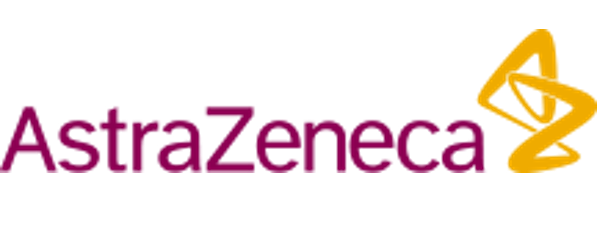Effective water stewardship needs science-based approaches to better understand global freshwater vulnerability to chemical emissions
Goals
To develop:
- Science-led tools to predict where chemicals in water bodies may adversely affect water quality
- Trusted and transparent tools to meet stakeholder expectations including evidencing transparency requirements and informing dialogue with investors and policy makers
Such tools should be made available and used as a basis for collaboration and collective action on water quality impacts.
Background
Water is a vital resource, fundamental for human and ecosystem health. For too many people, a lack of equitable and sustainable access to water, combined with poor water quality, remain significant barriers to better health. For the freshwater environment, water quality correlates with the health and viability of aquatic related ecosystems, central to biodiversity and a key pillar of the WHO’s OneHealth approach.
It is important to ensure that water stewardship, problem identification, prioritisation and action are science based and forward thinking. There is a need for tools to enable the evaluation of chemical risks, how these risks may impact water quality, where these risks are located, and which should be prioritised for mitigation/remediation actions. Chemicals play vital roles in our daily lives, but we struggle to accurately model vulnerability to global freshwater systems, especially from wastewater discharges.
In our interconnected world, freshwater systems serve as pathways and sinks for pollutants. It is vital to better predict and mitigate the movement of chemicals into surface water in order to remain within safe limits. The missing component is the ability to accurately predict the global exposure of chemicals based on their usage variability, substance characteristics, and environmental factors. The development of a globally consistent, spatially explicit freshwater exposure model is key to enabling the first step on this journey.
Trusted and transparent tools will provide evidence to support science-based decision making, investor interest, and policy development. We call on others to join us in this endeavour, investing in the development of tools to predict issues adversely affecting water quality, enabling effective and efficient stewardship of the planet’s precious water resources.
The EMiE Model
Collaborating Organizations:
Supported By:



